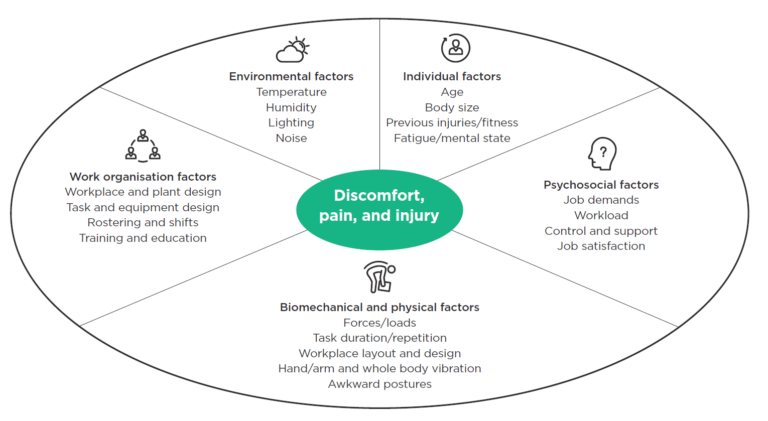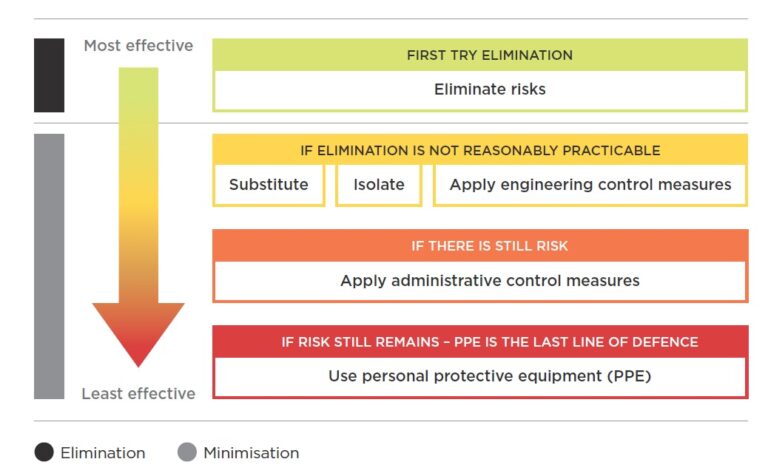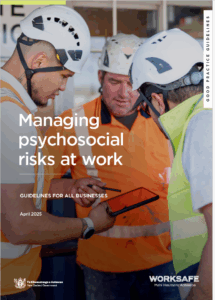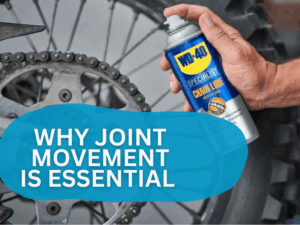Work-Related Health: A Critical Priority for New Zealand Workplaces
Ensuring the health of workers isn’t just a legal obligation – it’s essential for the success of NZ organisations. When workers are healthy, they are more productive, and businesses thrive. Unfortunately, many workplaces still face significant challenges in addressing both physical and mental health risks. These include ergonomic, psychosocial, biological, and chemical hazards that can have a serious impact on worker well-being.
The Alarming Impact of Work-Related Health Issues
Every year in New Zealand, work-related causes lead to an estimated 750 to 900 deaths and 5,000 to 6,000 hospitalisations. These statistics highlight the urgent need for organisations to take responsibility and manage these risks effectively. By proactively addressing health risks, businesses can protect their workers and ensure long-term success.
Introducing the NZ Manual Handling Assessment Charts (NZMAC)
Have you seen the new NZ Manual Handling Assessment Charts (NZMAC)? Released in August, these charts are designed to help businesses identify high-risk lifting, carrying, and team handling tasks.
Several members of our AIM team recently attended WorkSafe’s introduction to the implementation of this tool. Originally developed by the Health and Safety Executive (HSE) in the UK, WorkSafe has adapted the tool for use in Aotearoa New Zealand. Although the risk factor categories, descriptions, and scoring system remain largely unchanged from the original UK tool, NZMAC is tailored to meet the specific criteria and challenges of NZ workplaces.
NZ’s suite of tools was based on extensive research into manual task risk assessments that meet NZ’s criteria and cover a range of factors contributing to work-related musculoskeletal disorders. Check out WorkSafe’s research report here Report: Review of hazardous manual task risk assessments | WorkSafe
How NZMAC Can Help You
NZMAC provides businesses with a clear understanding of the most common risk factors associated with manual handling tasks. It also helps identify where control measures can be implemented to eliminate or minimise the risk of discomfort, pain, or injury.
WorkSafe has taken a staged approach to developing these tools, focusing first on ‘manual handling’ tasks.
The tools include:
- Screening Tools: Quickly identify if a task is low risk or requires further assessment. Applicable to lifting/lowering, carrying, pushing/pulling, and manual handling-while-seated tasks.
- Risk Assessment Tool: The NZ Manual Handling Assessment Charts (NZMAC) will help businesses assess the most common risk factors in lifting/lowering, carrying, and team handling tasks.
- Musculoskeletal Risks Checklist: Investigate manual tasks in more detail using this checklist. It helps you understand the range of contributing factors associated with musculoskeletal harm for any manual task.
What’s Next?
WorkSafe continues to develop tools for assessing repetitive upper limb activities and pushing and pulling tasks. These tools are designed to keep your team as safe as possible, and we encourage you to explore them here: Manual tasks screening tools and risk assessments | WorkSafe.
Do You Need Help Implementing these Tools?
The NZMAC tools are designed for you to use on your own, but if you need assistance, AIM’s expert health professionals can help. We can perform these assessments and provide recommendations tailored to your workplace. Contact us today or check out our proposal for Body Impact Risk Assessment/Task Analysis.
Don’t leave your team’s health and safety to chance







